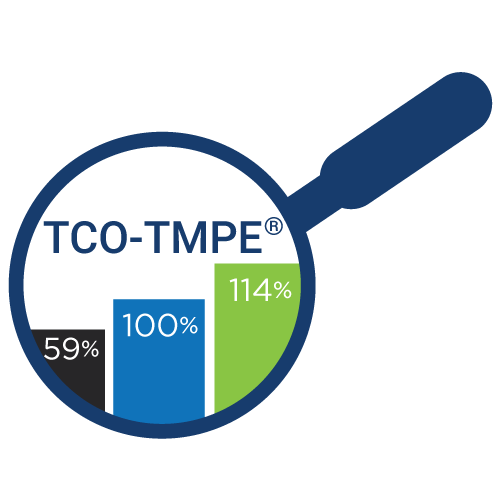Global Meetings Industry Updates
COVID-19 has had a huge impact on the hospitality industry. Social distancing has had a tremendous impact on larger, upscale hotels specializing in hosting large business meetings and conventions. Research suggests the US hotel industry’s recovery, to pre-COVID-19 levels could take until 2023. The return to in person meetings may take longer.
Hotels and conference facilities are investing heavily to manage to these new requirements. Equipment to provide the safe presentation and service of food/beverages, training and PPE protocols for their staff, distancing tools and technology infrastructure are a few of the investments being made.
The hospitality industry has taken drastic measures to cope with the global pandemic. Hotel chains have created cleanliness councils and committees. The American Hotel and Lodging Association (AHLA) will also be issuing updated hygiene standards for its members. Due to these new measures, an increasing number of hospitality businesses are now requiring the use of hospital-grade disinfectants.
A New Model Will Emerge
As the meeting industry works to resurface and build a new model to support the requirements of the pandemic, the impact to cost is varied. While overall budgets are expected to decrease, globally, the budget will be impacted by different costs.
Meetings will follow one of three different models:
- Virtual – All attendees participating virtually
- Hybrid – Some attendees participate in person while others are virtual
- Hybrid Multi Hub – All attendees, or most, meet in person in various regions connected by technology
These meeting formats will reduce overall traditional onsite costs; however, in turn, they will incur new forms of technology costs. Planners will need to work closely with their Procurement Team to ensure appropriate contracts are in place to manage these costs.
Venue space costs may also incur additional costs. Managing the social distancing aspects of an in-person meeting can double the traditional requirements; which could lead to a cost increase.
Ground transportation cost may be impacted. Do you allow group transfers or ride sharing? The practice of limited passengers per vehicle will add to the cost of this category.
In this new environment, it is critical to be mindful of the attendee experience. In doing so, costs for virtual meal participation/delivery will impact the cost structure and potentially the payment channels. Planners will need to determine if services such as Uber Eats vouchers or gift cards can be used by all attendees. If not, is there an alternative local service or will the attendee be authorized to expense the cost of these meals? How will these be coded and expensed/paid for? Working closely with the Expense Team will be important to ensure the proper management of these costs.
Will attendees require enhancements to their home office technology? What is the cost impact of this and how will this be procured and expensed?
Technology in the New Environment
New and existing technology will be instrumental in this new meeting environment. From the use of virtual reality site visits to replace in person site visits; attendee communication and registration; venue selection and contracting; and to providing connectivity to virtual attendees. The planners of today will need to be well informed of these offerings and implement those that make sense for their organization, budget and meeting objectives.
Developing partnerships with Procurement and IT will help navigate these new areas and ensure the best solutions are utilized at the most cost-effective manner. Data protection and privacy are critical, thus having subject matters experts on the team will protect the company from risk.
TCO Impact
TCG’s patented methodology, TCO-TMPE® (Total Cost of Ownership for Travel, Meetings, Payment and Expense) is comprised of 4 pillars; Management, Investments, Work Processes & Reporting and currently comprise of 17 metric components. This approach fully addresses the reality that 82% of corporate travel programs are now classified as “mature” which is characterized by stagnation, diminished returns, increasing program bypass and decreasing NPS metrics. Below we list a few of these TCO components as it relates to Meetings today:
- Cost of Managing Travel Risk & Duty of Care will increase driven by additional meetings safety considerations for in-person or hybrid meetings.
- Cost of Technology, Investments & Licenses will also increase with the procurement or improvement of virtual meetings technologies and enhancing corporate data security.
- Cost of Program Workflow will go up as different meetings models are utilized, such as hybrid or hybrid multi-hub meetings, requiring increased support to meetings organizers, IT, and other support groups.
- Cost of Managing Program Bypass & Acceptance will decrease following stricter adherence to approved booking and procurement procedures.
